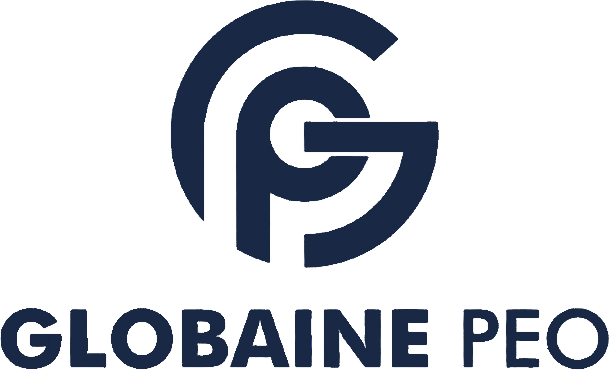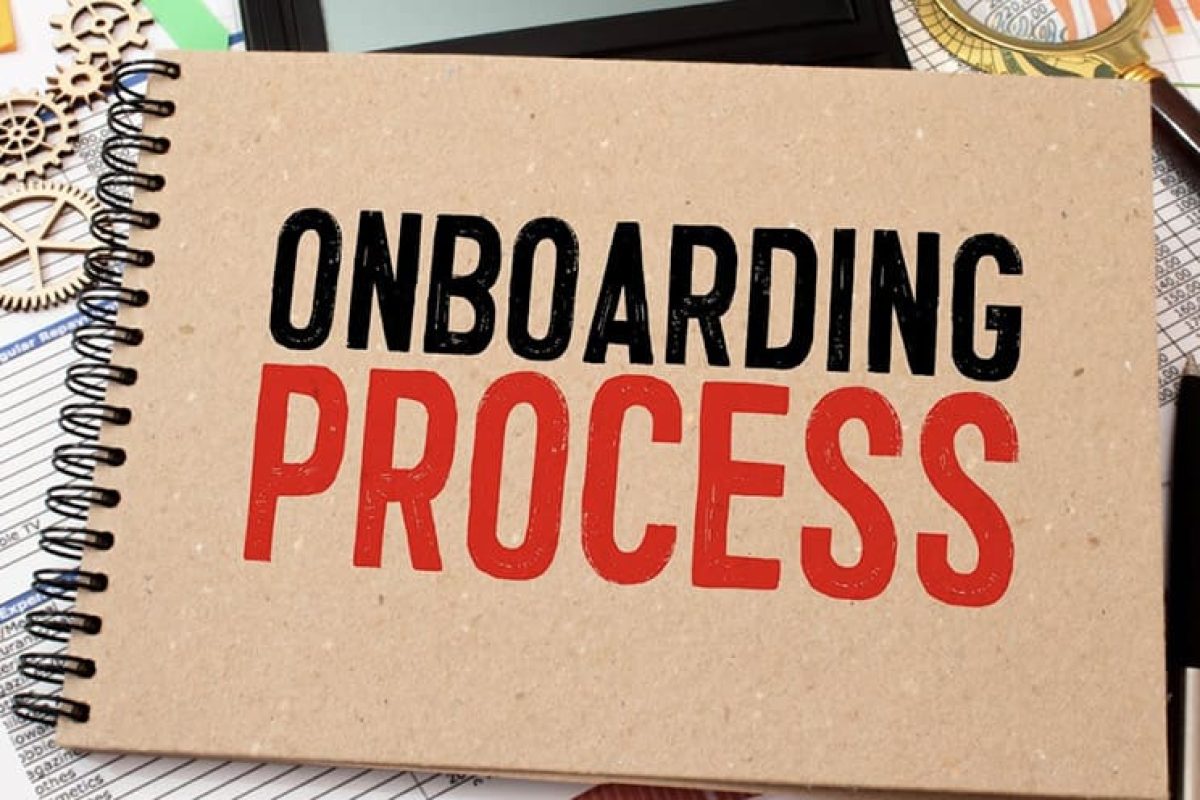Expanding your business into Indonesia requires understanding local labor laws and onboarding practices to ensure compliance and positive employee experiences. Here’s a step-by-step guide to the essential documents and processes for onboarding employees in Indonesia.
Onboarding Process: Step-by-Step Explanation
Step 1: Job Offer and Acceptance 📩
Trigger: After selecting the best candidate for the role.
- Action:
- Job Title: Clearly define the employee’s position and reporting structure.
- Compensation: Outline salary details, bonuses, and any additional benefits.
- Start Date: Agree on a specific start date.
- Working Hours: Detail the expected working hours and any overtime or flexible work policies.
- Benefits Overview: Include health insurance, social insurance, and other mandatory or optional benefits.
- Probation Period: Specify any probationary period, typically up to 3 months in Indonesia.
- Outcome: Once the candidate accepts the offer, proceed with drafting the employment contract.
Step 2: Employment Contract 📝
When It’s Used: After offer acceptance.
- Action: Draft a formal employment contract compliant with Indonesian labor laws. Include:
- Job Description: Define role, responsibilities, and key performance indicators.
- Compensation Details: Specify base salary, bonuses, allowances, and overtime pay (if applicable).
- Leave Entitlements:
- Annual Leave: Minimum of 12 days after one year of employment.
- Public Holidays: Indonesia has 16 recognized public holidays.
- Sick Leave: Paid sick leave in compliance with labor regulations.
- Maternity Leave: Female employees are entitled to 3 months of maternity leave.
- Working Hours: Standard 40-hour workweek with overtime rates for extra hours.
- Termination Conditions: Define notice periods and acceptable reasons for termination.
- Outcome: Signing the contract formalizes the employment relationship.
Step 3: Tax and Social Security Registration 💰
When It’s Used: Before the employee’s start date.
- Action: Register the employee with Indonesia’s tax and social security systems.
- BPJS Health Insurance: Register for mandatory health coverage.
- BPJS Employment Insurance: Includes work accident, death, old-age savings, and pension programs.
- Tax Identification Number (NPWP): Obtain an NPWP for tax compliance.
- Employer Contributions: Ensure appropriate contributions are made to social security programs.
- Outcome: Compliance with Indonesia’s tax and social security regulations.
Step 4: Health and Safety Induction 🦺
When It’s Used: On or before the first day of employment.
- Action: Conduct health and safety training as per workplace safety regulations.
- Safety Guidelines: Cover emergency procedures, hazard identification, and safety protocols.
- Emergency Procedures: Explain fire exits, first aid resources, and emergency contacts.
- Personal Protective Equipment (PPE): Provide necessary PPE based on job requirements.
- Outcome: Employees are informed and equipped to ensure their safety at work.
Step 5: Payroll and Benefits Enrollment 📊
When It’s Used: Within the first week of employment.
- Action: Set up payroll and benefits systems.
- Bank Details: Collect the employee’s bank information for direct deposits.
- Benefits Enrollment: Register the employee for mandatory and company-provided benefits.
- Overtime Policy: Explain overtime pay rates and applicable conditions.
- Outcome: Successful integration into payroll and benefits systems.
Step 6: Workplace Policies and Training 📚
When It’s Used: Within the first month.
- Action: Introduce workplace policies and conduct initial training sessions.
- Code of Conduct: Explain expectations for behavior, ethics, and professionalism.
- Training Programs: Provide job-specific and compliance-related training.
- Performance Metrics: Outline performance goals and evaluation methods.
- Flexible Work Options: Discuss available remote work or flexible scheduling arrangements.
- Outcome: Employees are fully informed about policies, responsibilities, and expectations.
Step 7: Probation and Feedback Period 📅
When It’s Used: During the probation period (usually up to 3 months).
- Action: Monitor performance and provide regular feedback.
- Performance Reviews: Assess employee performance and cultural fit.
- Guidance and Adjustments: Offer feedback, coaching, or role adjustments as needed.
- Employment Confirmation: Finalize the employment status after probation or provide improvement feedback.
- Outcome: Complete probation, leading to permanent employment confirmation or adjustments as required.
Summary Table of Key Onboarding Steps in Indonesia
| Step | Action/Details |
|---|---|
| Step 1: Job Offer & Acceptance | Job Title, Compensation, Start Date, Working Hours, Benefits, Probation Period |
| Step 2: Employment Contract | Job Description, Compensation, Leave (Annual, Sick), Public Holidays, Termination, Working Hours |
| Step 3: Tax & Social Security | BPJS Registration, Tax Identification, Employer Contributions |
| Step 4: Health & Safety | Safety Induction, Emergency Procedures, PPE |
| Step 5: Payroll & Benefits | Bank Details, Benefits Enrollment, Overtime Pay |
| Step 6: Policies & Training | Code of Conduct, Job-Specific Training, Performance Metrics |
| Step 7: Probation & Feedback | Performance Reviews, Role Adjustments, Employment Confirmation |
Key Takeaways
- Employment contracts in Indonesia must include clear terms for compensation, leave entitlements, and employee responsibilities.
- Employers must ensure social security registration, tax compliance, and workplace safety training.
- Thorough onboarding with structured performance reviews and policy training fosters smooth integration into the company.
How GlobainePEO Can Help with Onboarding in Indonesia🌐
GlobainePEO specializes in managing employee onboarding in Indonesia, from drafting compliant employment contracts to handling tax and social security registrations. Partnering with GlobainePEO ensures a seamless onboarding process, enabling your business to expand in Indonesia confidently and efficiently.

